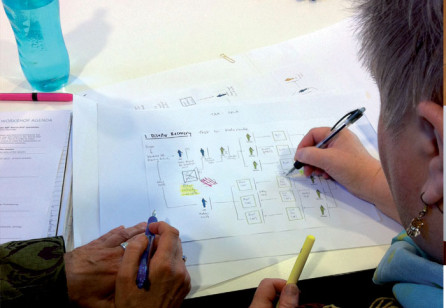
Government ICT- From Infrastructure to Service Enabler
The public sector executive looked at their telephone and said: “It’s just a plastic box on a desk until there are services connected to it – we need to make sure both those things happen.”

Browse all Touchpoint Articles

The public sector executive looked at their telephone and said: “It’s just a plastic box on a desk until there are services connected to it – we need to make sure both those things happen.”

“I know that you believe you understand what you think I said, but I'm not sure you realise that what you heard is not what I meant.” – Robert McCloskey, author of Make Way for Ducklings

Creative Citizens (www.cittadinicreativi.it) is an experiment underway in Milan within a community of residents located in a particular neighbourhood (Zone 4).

This article is about a new technique in design projects for citizen-centred government services: the 'dialogue'.

Developing product-service hybrids is an emerging practice that offers organisations a rich connection to their customers.

How does one choose a preferred service design solution? What characteristics should be used to compare competing designs?
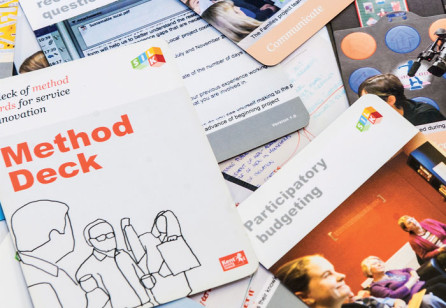
Local governments in the UK are changing rapidly.
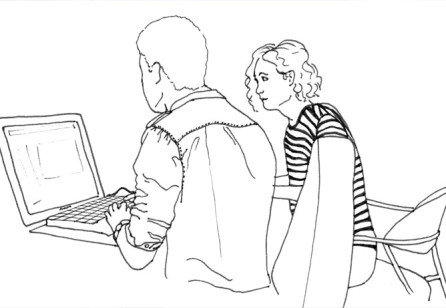
Unlike a commercial service, the Norwegian Directorate of Immigration’s (UDI) primary goal is not to please individuals, but it still needs to engage them to succeed.
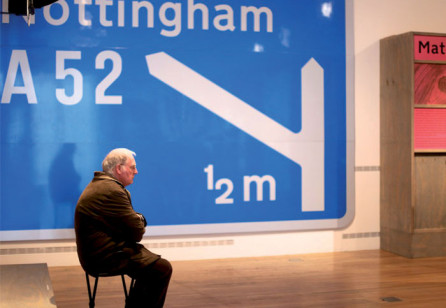
"Housing and education systems, along with ideals of religion and social behavior, have been all-but forgotten as unnerving vestiges of idealism."
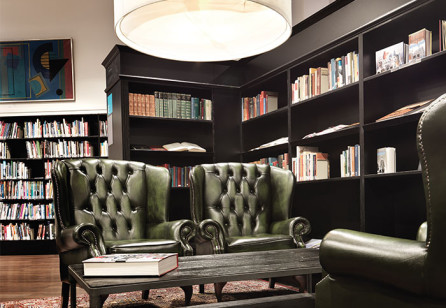
Everybody’s been in a library, though the last time, for some of us, was when we were still children.

Enhancing Affordable Housing Application Processes with Community-Based Collaboration
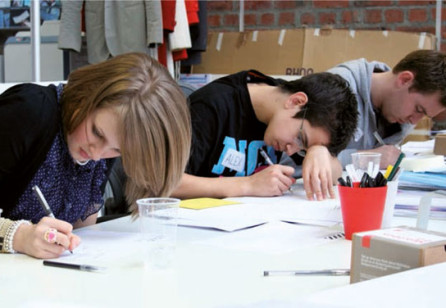
Service design promises something that – although hard to pin down – does have some common characteristics.
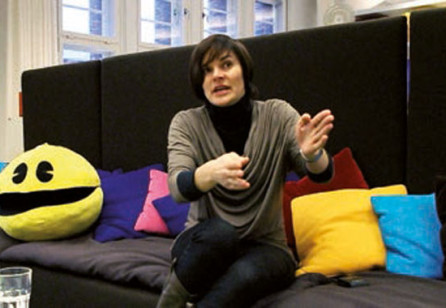
Service design practitioners seem to agree on the fact that research is important.
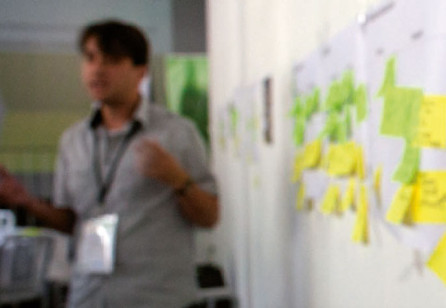
Big data has become a big buzz phrase. A couple of months ago, I spoke at a conference in Las Vegas. Immediately before my talk, two advertising execs, one a professed quant geek and the other a “creative”, spoke about how their agencies rely less on hunches these days and more on quantitative data to drive emotional relevance between their clients and consumers.

Touchpoint decided to get to know more Katerine Rau Ofenstein, the principal of SDN National Chapters, who recently joined GE as one of their first service designers.
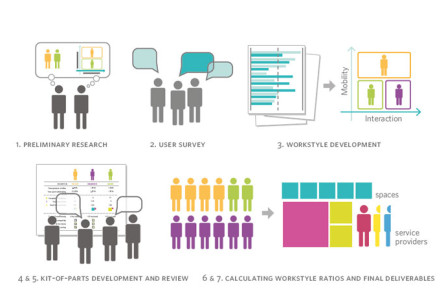
Workstyles’ integrate quantitative and qualitative information about users to enable planners and designers to forecast the variety and scales of user needs with more certainty. This article explains what workstyles are and how to develop and apply them to space and service design projects.
